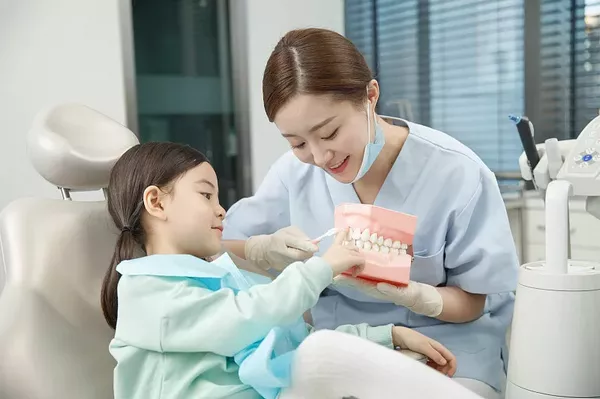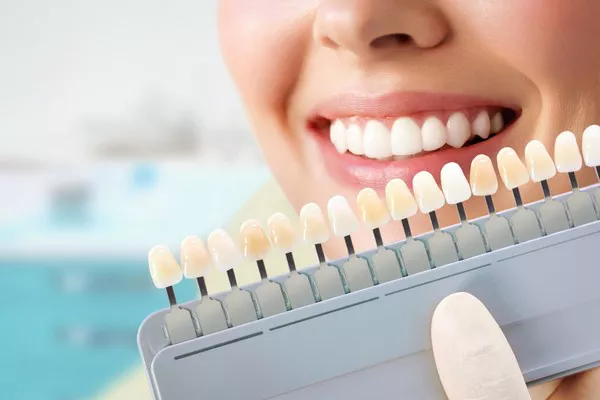In the world of orthodontics, patients often encounter questions about the usability of common tools, and one such query that frequently arises is, “Can I reuse orthodontic wax?” Understanding the nuances of orthodontic wax and its proper usage is crucial for maintaining optimal dental hygiene during orthodontic treatment. In this comprehensive guide, we delve into the dos and don’ts of reusing orthodontic wax, shedding light on the best practices to ensure your dental care remains top-notch.
1. The Purpose of Orthodontic Wax
Orthodontic wax serves as a crucial accessory for individuals undergoing orthodontic treatment. Primarily composed of medical-grade materials, this wax is designed to alleviate discomfort caused by braces or other orthodontic appliances. Its pliable nature allows users to mold it easily onto brackets and wires, providing a smooth surface that minimizes irritation and prevents potential injuries to the oral tissues.
1.1 Importance of Orthodontic Wax in Comfort Management
Orthodontic wax acts as a protective barrier between the braces and the delicate tissues of the mouth. By minimizing friction and preventing abrasions, it plays a pivotal role in enhancing the overall comfort of individuals navigating the challenges of orthodontic treatment.
1.2 Material Composition for Safe Usage
Manufacturers craft orthodontic wax from a blend of natural waxes, ensuring its safety for oral use. Beeswax and paraffin wax are common components, chosen for their non-toxic and hypoallergenic properties. These materials guarantee that the wax remains safe for intraoral application, promoting user confidence and peace of mind.
2. Can Orthodontic Wax be Reused?
The question of whether orthodontic wax can be reused is a common one among patients seeking to maximize the utility of this dental accessory. While the material is pliable and can be reshaped, there are important considerations to keep in mind.
2.1 Hygiene Concerns
One of the primary factors to consider when contemplating the reuse of orthodontic wax is hygiene. The wax comes into direct contact with the oral environment, making it susceptible to bacteria and debris. Reusing wax without proper cleaning may compromise oral health and escalate the risk of infections.
2.2 Proper Cleaning Protocols
If you find yourself in a situation where you wish to reuse orthodontic wax, meticulous cleaning is paramount. Gently wash the wax with mild soap and lukewarm water, ensuring all residue is removed. Once cleaned, allow the wax to air-dry completely before placing it back on the braces. This practice helps mitigate the risk of bacterial proliferation.
3. Environmental Impact of Orthodontic Wax
As the world becomes increasingly environmentally conscious, individuals undergoing orthodontic treatment may wonder about the ecological footprint of orthodontic wax.
3.1 Biodegradability of Orthodontic Wax
Orthodontic wax, being primarily composed of natural waxes, possesses inherent biodegradable properties. This means that when disposed of properly, orthodontic wax breaks down over time, reducing its impact on the environment. Consider adopting eco-friendly practices, such as utilizing biodegradable dental products, to align your oral care routine with sustainability goals.
3.2 Recycling Initiatives in Orthodontic Practices
Some orthodontic practices are taking steps to address the environmental impact of orthodontic materials. Inquire with your orthodontist about any recycling programs they may have in place for orthodontic wax and other disposable items. Participating in such initiatives contributes to a greener approach to dental care.
4. Best Practices for Orthodontic Wax Usage
To make the most of your orthodontic wax and ensure effective usage throughout your treatment, incorporating best practices is essential.
4.1 Adequate Application Techniques
When applying orthodontic wax, ensure that the braces or wires are thoroughly dry. Applying wax to damp surfaces may reduce its effectiveness. Additionally, mold the wax carefully to cover any sharp edges or protruding parts, creating a smooth surface that minimizes friction.
4.2 Regular Monitoring and Replacement
Orthodontic wax is not a permanent solution, and its efficacy may diminish over time. Regularly monitor its condition, replacing it as needed. Timely replacements guarantee that you continue to experience the maximum benefits of the wax in terms of comfort and protection.
Conclusion:
Navigating the realm of orthodontic care requires a keen understanding of the tools at your disposal. While the reuse of orthodontic wax is possible with proper hygiene practices, prioritizing oral health and comfort remains paramount.
Related Links:
Does brace change your face shape?
How to clean orthodontic retainers?
Why do dentist put rubber bands between teeth?
































